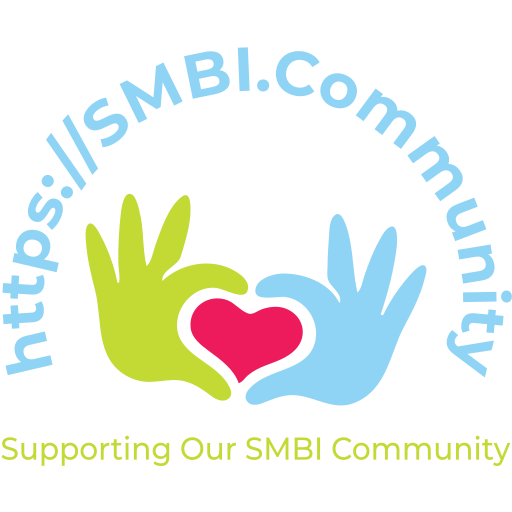Emergency Evacuation
Emergency Evacuation
It is important that everyone knows where their nearest Evacuation Centre is on each Island, and also on the mainland. Please be sure to look at the Disaster Preparedness page for this (and more) information.
What we want to be sure to do is to prepare our home and surroundings as much as possible, and have easy access to an emergency grab bag/box should we need to evacuate.
Community Champions
Redland City Council has established the Community Champions program so that local knowledge of each Island (and the mainland) is always on hand. Community Champions are Australian Red Cross members and are trained in the operation of Evacuation Centres.
Preparing for Evacuation
Please first review the information in the General Disaster Preparedness section.
In addition to the General Disaster Preparedness information, there are some simple things that can be done to ensure you are as prepared as you can be for evacuation on SMBI.
Early or Late – You need to know before time where your limit is – will you stay and defend your property, or will you leave with your family and pets? This needs to be clearly defined in a Disaster Preparedness Plan (such as a Bushfire Plan) and all members of your household need to know what to expect. Please inform your on- and off-island friends and family where possible of your intentions so they are not worrying about your safety and whereabouts.
Evacuation Point– Evacuation Centres are not a particularly fun place, so if you have friends in another, safe, location you can stay with, this is preferable to staying in an Evacuation Centre. You are more than welcome to register at an Evacuation Centre so the operators know where you are (this information will be kept confidential if you so request) even if you are staying elsewhere. If you are looking to stay at a location off-Island, please be aware that due to circumstances, there is a potential that transport to/from the Islands may be temporarily unavailable and you should have alternate arrangements if at all possible.
GO Bag – You should have a GO Bag ready and waiting at all times. When the threat level rises, you should add important items to it such as identification paperwork, birth, death and marriage certificates, medication scripts, photo albums and other items of importance.
Clothing – Especially during bushfire season, it is important that you wear clothing made of natural fibres when you evacuate as many synthetic fibres will be dangerous in a fire event. A long sleeved shirt and pants made of heavy cotton, hemp or wool will provide higher protection against flames and embers.
Pets – When looking to evacuate, please take care to ensure you are taking all the necessary steps to also protect your pets. This includes packing enough food, water and bowls, but also making sure you have leads, harnesses, muzzles and carriers where appropriate.
What Should Be In Your “GO” Bag?
You should have a GO Bag ready and waiting at all times. Please be sure to check that all items in there are in-date, especially any food items and first aid items. When the threat level rises, you should add important items to it such as identification paperwork, birth, death and marriage certificates, medication scripts, photo albums and other items of importance to you.
Placing these items in a plastic box will keep them safe from water damage, but also be aware that the crucial items should be kept in fire resistent material inside this box.
Essential Items
- Portable First Aid Kit (check the dates on the contents, and replace as necessary)
- Some canned foods (and a manual can opener) and energy bars
- Pet food and bowls (if you have pets)
- A roll or three of toilet paper
- Personal hygiene products and children’s disposable nappies (if needed)
- Toothbrush, toothpaste
- Extra prescription meds and any current scripts
- Bottled water – 2 L per person per day
Essential Gadgets
- Phone charger and cable
- Portable radio
- Batteries
- LED lanterns and torches
- Lighter
Comfort Items
- Small bottles of shampoo and conditioner, bar of soap
- Deodorant, hair brush and safety razor
- Hand sanitizer and hand/baby wipes
- Spare pair of glasses (for example, your last pair before a prescription change)
- Emergency poncho
- Blanket and pillow
- Extra hoodie or comfortable clothing items (natural fibres where possible)
Important Documents
- Passport
- Birth Certificate (and any death certificates and marriage certificates as needed)
- Social Security card
- Medicare card
- Credit cards and some cash
- Driver Licence
- Photo albums
